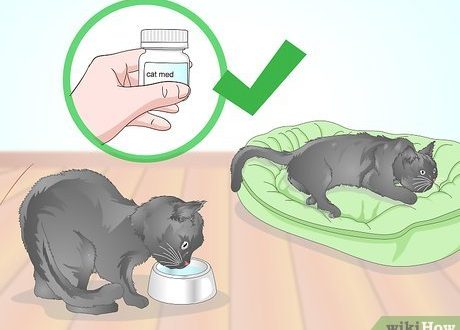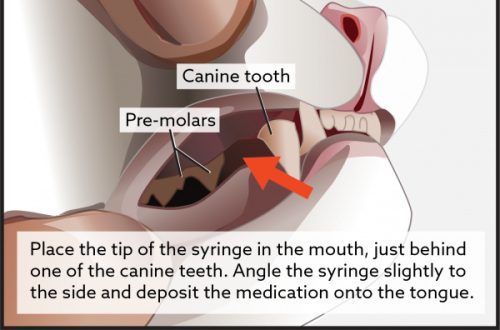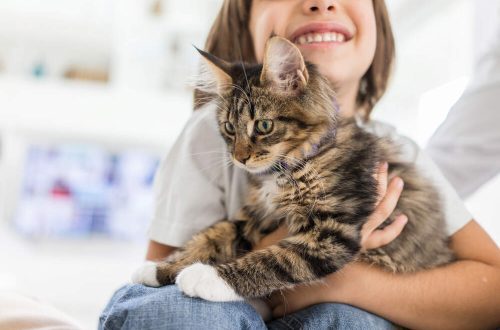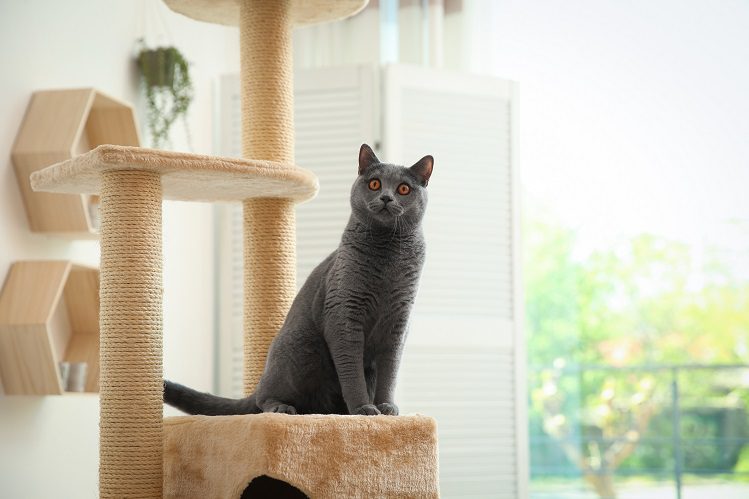
How to care for a cat at home. 8 main procedures
Veterinarian Lyudmila Vashchenko tells how to care for a cat: what procedures a pet needs and how often to carry them out.
Each cat is an individual. Caring for the Canadian Sphynx is not suitable for the Norwegian Forest Sphynx. And vice versa. Moreover, even cats of the same breed may have different characteristics and needs. It is better to discuss them with the groomer.
Check how well you care for a cat at home. In the article you will find the basic procedures that every pet needs, regardless of breed and age.
- General inspection
Start a useful tradition: every day before going to bed, carefully examine the cat. At the same time, stroke and treat her with a treat: let her think that you just decided to caress her.
To begin with, examine the pet’s skin: make sure that it does not have peeling, redness, wounds, scratching and bald patches. Pay attention to the paw pads – they should not be cracked. Next, evaluate the condition of the coat: in a healthy cat, it is shiny, without tangles. Don’t forget to check your pet’s mouth. Everything is in order if the mucous membranes are pink, without redness and ulcers, and the teeth are white, without plaque.
An abnormality in any of these markers is a signal that the cat needs to be taken to the veterinarian.

- Eye and ear cleaning
I recommend cleaning the eyes and ears of the cat as it gets dirty. To clean the eyes, you will need a special lotion and clean wipes: a separate one for each eye.
The cat’s ears are also cleaned with a special lotion. Be sure to read the instructions before use. Usually it is enough to drop a little lotion into the ear and lightly massage the auricle. Nothing more needs to be done. If desired, you can wipe the ear with a sterile cloth. But you should not clean the cat’s ears with cotton swabs: it can be dangerous. Cotton wool can get stuck in the ear, and the stick can damage the eardrum.
Don’t panic if your cat has a small amount of discharge from her eyes and wax in her ears. Assess the general condition of the pet. If the cat behaves as usual, does not try to scratch its eyes and ears and does not shake its head, everything is in order. If the discharge is heavy and foul-smelling, contact your veterinarian.
- Combing wool
How often to brush a cat depends on its breed. On average, once a week. During molting – more often.
Usually short-haired pets are combed out once a week. I recommend combing long-haired and fluffy ones every day, otherwise there will be tangles. If you comb your cat less often, she will lick the fur herself. Wool can accumulate in the stomach and cause digestive problems. Surgery may even be required to remove hairballs from the body. To avoid such risks, our detailed
- Clipping of claws
You need to shorten the cat’s claws as they grow. In some cats, the nails grow faster, in others – more slowly, so the frequency of the procedure is different for everyone. Make sure that in the house with a cat there must be a good scratching post. Better yet, several.
You can shorten only the white part of the claw, without touching the area with the vessels. How to do this without harm to the pet, read our instructions.
- Bathing
Be sure to wash all cats, even if they do not visit the street and do not come into contact with other pets. On average, veterinarians recommend washing cats every 21-28 days – this is the cycle of renewal of epidermal cells. Hairless cats can get dirty faster and need to be washed more often. If the pet visits the street, then you need to wash it as it gets dirty. It is safer to use professional shampoo and conditioner for cats from the same brand: such products improve the quality of the coat and enhance the beneficial properties of each other. Our cheat sheet will help you carry out the procedure without errors.
- Treatment for external parasites
Treating cats for fleas and ticks is necessary throughout the year. How often to treat depends on the protection chosen. Read more about this in the article “”.
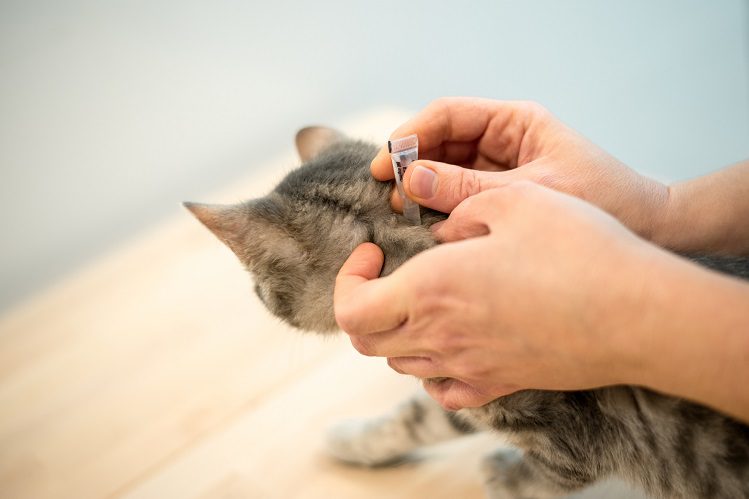
- Treatment for worms
Even if your cat does not leave the apartment, she still runs the risk of becoming infected with helminths. Their eggs can be brought into the house on shoes or on clothes. From internal parasites, I recommend treating cats at least once a quarter. Read more about the symptoms of the disease, methods of prevention and treatment in the article “”.
- Vaccination
Discuss the vaccination schedule with your veterinarian: he will set the best date for a new vaccination. Healthy adult cats are given a comprehensive vaccination against rabies and infections once a year.
Your breeder or professional groomer can tell you how best to care for your particular cat. Feel free to ask questions and remember that a well-groomed cat equals a healthy cat.



